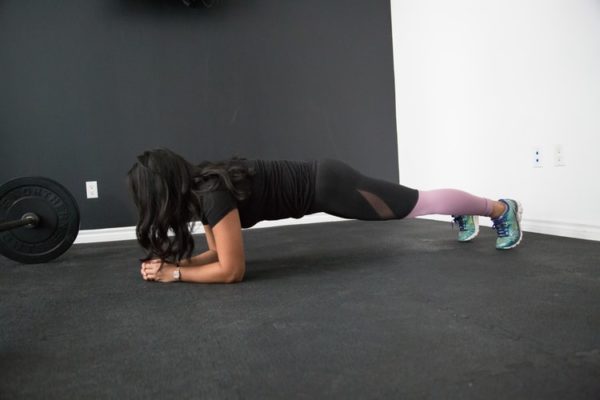It may seem like rounded shoulders and slouching are a part of life especially with having to sit at a desk for hours, often unknowingly in an incorrect position, while you type away on your laptop or browse through your phone. This can put pressure on your muscles, joints and ligaments, as well as reducing circulation and leading to breathing issues.
When your body becomes accustomed to being hunched over for hours, it can be easy to continue that same posture, even when you’re not in front of a screen, healthline says.
According to Harvard Health, Saloni Doshi, a physical therapist with Harvard-affiliated Brigham and Women’s Hospital says, “It’s not as hard as you may think. Better posture is often just a matter of changing your activities and strengthening your muscles.”
So the good news is that there are ways to reduce slouching and improve your overall posture. But let’s first get into the benefits of maintaining good posture, as outlined by healthline:
- Improved balance
- Less back pain
- Lower risk of injury
- Less fatigue
- Fewer headaches
- Improved breathing
- Better circulation
Here are two simple, yet effective exercises to do to improve your posture:
Child’s Pose

This exercise helps to stretch your spine, glutes and hamstrings. It also helps to relieve tension in your back and neck.
To perform this exercise:
- Start on all fours with your hands and knees on the floor.
- Sink your hips back down toward your feet, while walking your hands out in front of you. If your thighs won’t allow you to extend all the way down, you can try placing a pillow underneath them for support.
- Slowly place your forehead on the floor while keeping your arms extended in front of you.
- Relax and breathe deeply.
- Hold this pose for about 5 minutes, remembering to breathe deeply and slowly throughout.
Plank

Your core muscles are important to help maintain good posture, Harvard Health explains. Strengthening these muscles helps to avoid slumping.
To perform this exercise:
- Start on all fours, with your hands directly below your shoulders and your knees below your hips.
- Slowly lower yourself onto your elbows and straighten your legs behind you, making sure to keep your feet hip-width apart.
- Keep your core tightened and your back straight.
- Hold for 30 seconds if possible.
- It might be challenging at first but you’ll be able to hold it for longer the more you perform this exercise.
A few extra tips that healthline recommends:
Standing correctly
- Stand straight and tall with your shoulders relaxed and slightly pulled back.
- Stand with your feet approximately shoulder-width apart, and place your weight mostly on the balls of your feet.
- Keep your knees bent slightly.
- Tuck in your stomach.
- Keep your head levelled and not bent forward.
- Shift your weight from your toes to your heels, or from one foot to the other if you have to stand in one place for a long time.
Sitting correctly
- Sit up straight with your shoulders relaxed, but not hunched.
- Choose a chair height that allows you to keep your feet firmly planted on the floor (no dangling legs). Avoid crossing your legs.
- Keep your knees levelled or slightly higher than your hips.
- Sit back in your chair so that the chair back supports your spine, this is very important.
- Keep your computer screen at eye level to prevent your neck from bending forward or backward.
Picture(s): Unsplash

